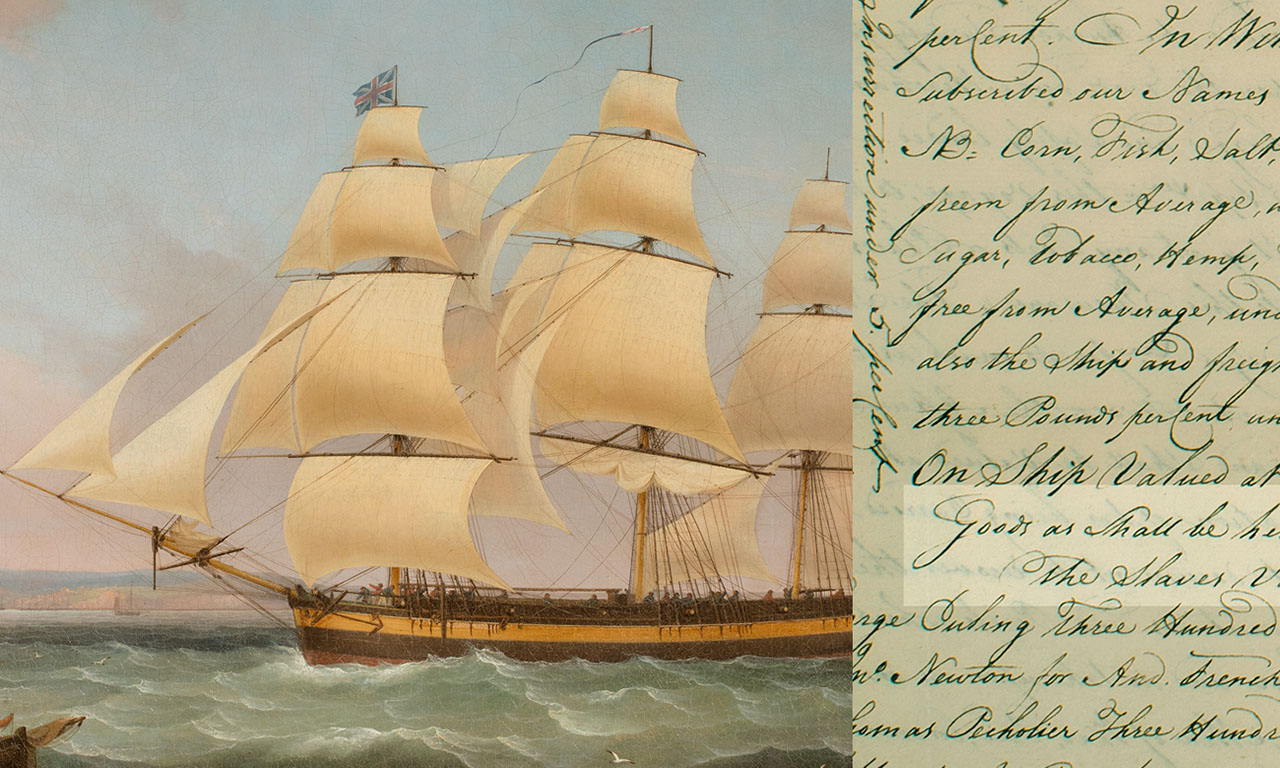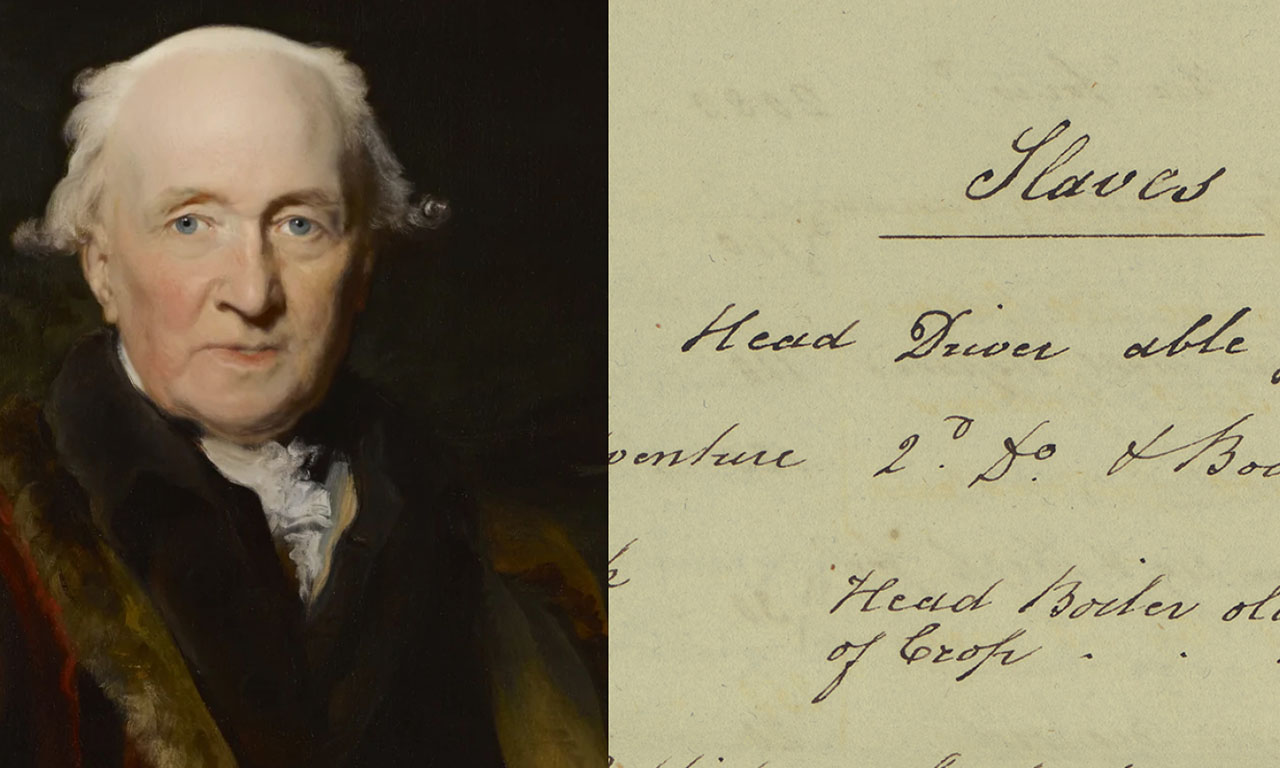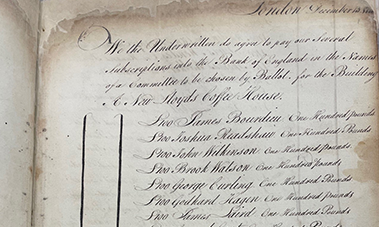Prompted by the anti-racist activism of Black people and allies following the murder of George Floyd, Lloyd’s has been on a journey of research and reflection to acknowledge our historical connections to slavery and the lack of ethnic representation that still exists in the Lloyd’s market today.
We held a number of conversations with Black and ethnically diverse colleagues. We had some honest conversations with our Black and ethnically diverse colleagues, in both the Corporation and the market, about Lloyd’s history, the trans-Atlantic slave trade and their experiences. The views of those colleagues have been compiled into a video and we are grateful for their insights.
We also facilitated a series of Conversations between Black or ethnically diverse colleagues and white allies, exploring their lived experience and the legacy of enslavement. Each conversation uses an item from the Lloyd's Collection as the starting point for an anonymous conversation. The items were chosen to align with colleagues’ specific ancestry or selected by colleagues themselves.





